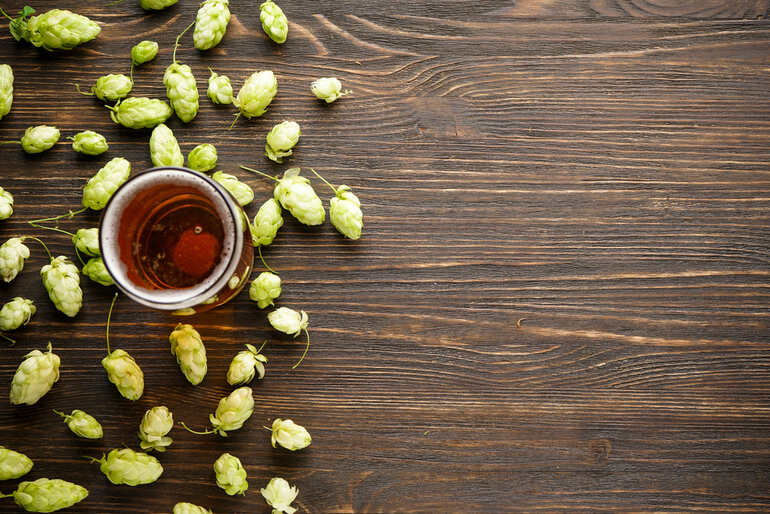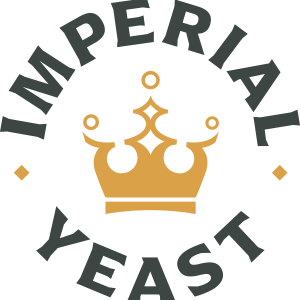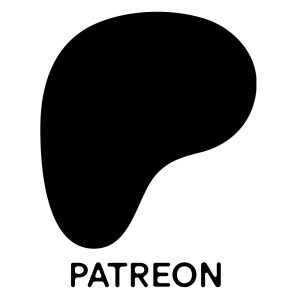There’s a reason why identifying the citrusy punch of Citra in a pale ale or detecting that classic banana note in a well-crafted hefeweizen is so satisfying—it all comes down to pattern recognition. Our brains are hardwired to seek, decode, and respond to sensory patterns, whether we’re fine-tuning a hop schedule or engaging in a visually dynamic game like Joker’s Jewels.
For homebrewers and professional brewers alike, this cognitive wiring plays a crucial role in recipe development, sensory evaluation, and process refinement. The ability to recognize patterns—from fermentation cues to flavor outcomes—makes brewing not just a craft, but a deeply engaging mental experience.
Understanding these neurological processes doesn’t just sharpen our tasting skills—it enhances our approach to brewing. It explains why dialing in a dry-hopped IPA until it delivers that perfect aroma can be as rewarding as seeing three jesters align onscreen. Both experiences activate the same brain circuitry that fuels curiosity, satisfaction, and creative momentum in brewing and beyond.
Pattern Recognition and Sensory Experience
From a cognitive science perspective, pattern recognition is the act of taking in raw sensory information and matching it with stored data in the brain. This is critical in taste and aroma evaluation, where complex compounds are interpreted through memory and association. When you detect grapefruit in a West Coast IPA, you’re connecting volatile aroma compounds to a sensory pattern stored from past experiences.
This is the same mental mechanism that allows a brewer to predict how a new dry-hop blend might behave—or why a game player feels a moment of satisfaction when a symbol sequence like bells or gems triggers a visual cue.
According to research from the National Library of Medicine, the human brain processes familiar visual and sensory patterns faster and with more enjoyment than novel ones. This helps explain why returning to a favorite hop like Citra can feel just as satisfying as revisiting a classic-style game interface with clean, recognizable visuals.
Why the Brain Loves Predictable Variation
Brewing and interactive games both deliver “predictable variation”—a key component of long-term engagement. In brewing, this might be the subtle differences that emerge from using a new yeast strain in an otherwise consistent recipe. In a game like Joker’s Jewels, it’s the repetition of familiar symbols alongside surprising visual combinations that keep players returning.
This isn’t accidental; the dopamine system in the brain responds positively to this interplay of the expected and the novel. When you correctly identify Mosaic’s dank character or sense a balancing bitterness from Magnum, your brain is reinforcing neural pathways that reward pattern discovery.
That same mental reward system is at play when we engage with activities that offer feedback loops based on successful recognition. Just as a brewer might get sensory confirmation that a hop schedule hit its mark, a player feels validated by seeing matched symbols come together with a flourish.
Pattern-Driven Brewing Decisions
Brewers often refer to the process of “dialing in” a recipe—fine-tuning mash temperatures, rethinking whirlpool additions, or tweaking fermentation profiles—not solely as a technical exercise, but as a cognitive one. These refinements reflect the brewer’s innate drive to align sensory expectations with tangible results.
Over time, both homebrewers and professionals build mental blueprints linking specific inputs to expected flavor and aroma outcomes. Whether it’s the way a slight mash rest at 152°F impacts the body, or how dry-hopping with Mosaic shifts a beer’s finish, these patterns are mentally logged and refined through experience. Many even consult data from prior batches or results from Brülosophy’s exBEERiments to validate their adjustments.
As these mental models become more accurate, confidence grows, alongside engagement with the brewing process itself. It’s not just about hitting targets; it’s about learning, adapting, and responding to the rich feedback loop that only hands-on brewing can provide.
Crossovers with Interactive Play
The connection between brewing and games like Joker’s Jewels isn’t direct, but it’s neurologically related. In both, success hinges on noticing, reacting to, and remembering patterns. Whether it’s a malt bill that balances sweetness or a row of colorful crowns appearing on-screen, these moments of alignment reward attention and memory.
What makes this even more compelling is how both domains promote flow states—those deep-focus moments where time fades away. Sensory calibration in a triangle test or an uninterrupted play session both engage pattern recognition, feedback response, and emotional satisfaction.
Final Thought (But Not a Conclusion)
Pattern recognition is more than a cognitive quirk; it’s a powerful force behind why we love brewing, tasting, and even interactive play. For homebrewers, it’s the familiar aroma that signals a perfect mash temperature or the subtle visual cue that indicates fermentation is progressing as expected. It’s what transforms a simple recipe into a refined craft and deepens the satisfaction of creating beer from scratch.
Whether it’s the joy of identifying Amarillo’s signature orange-peel note in a fresh dry hop or recognizing when a yeast strain hits just the right ester profile, our brains thrive on these moments of recognition. This intuitive connection between observation and action is central to the brewing process, fueling experimentation, refining technique, and ultimately elevating both the hobby and profession of brewing.








